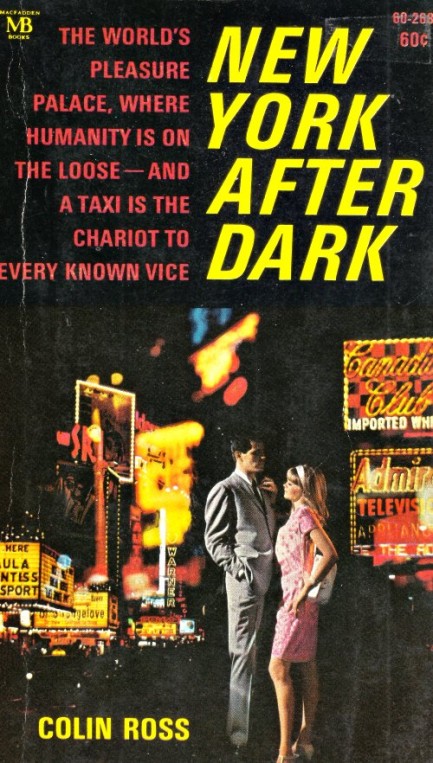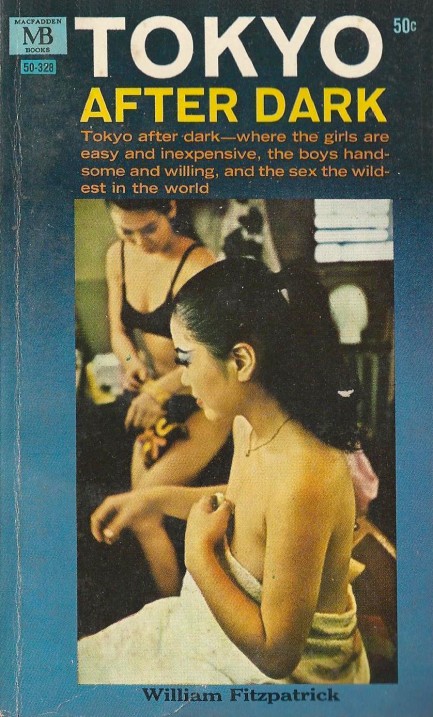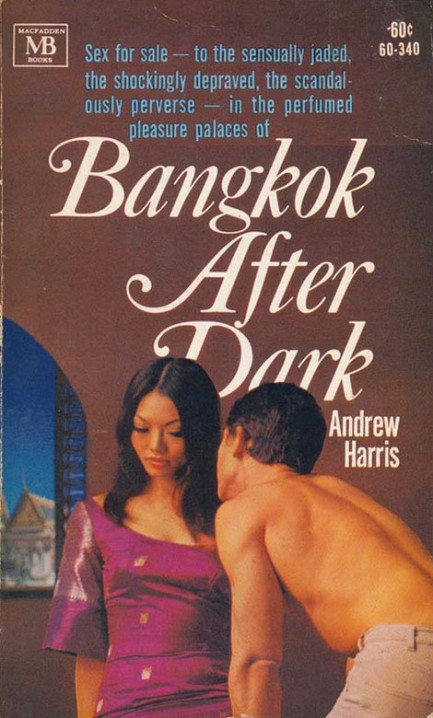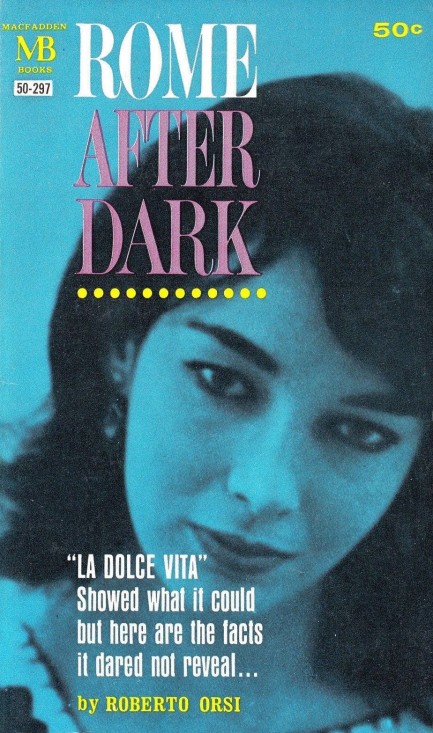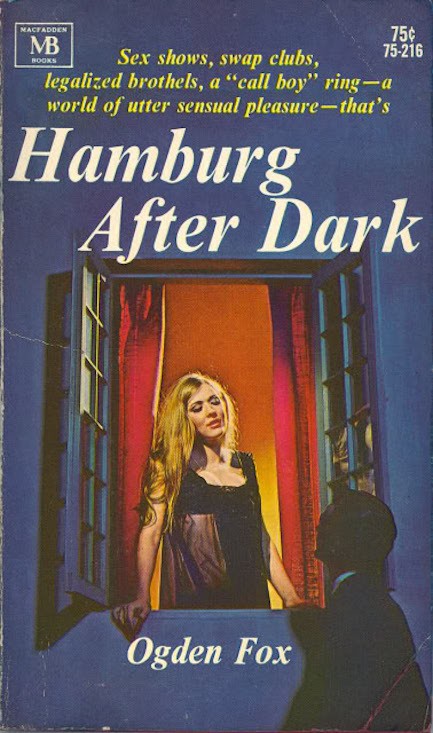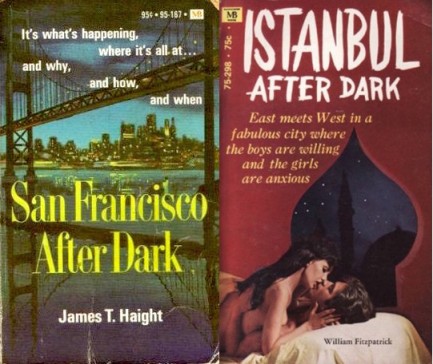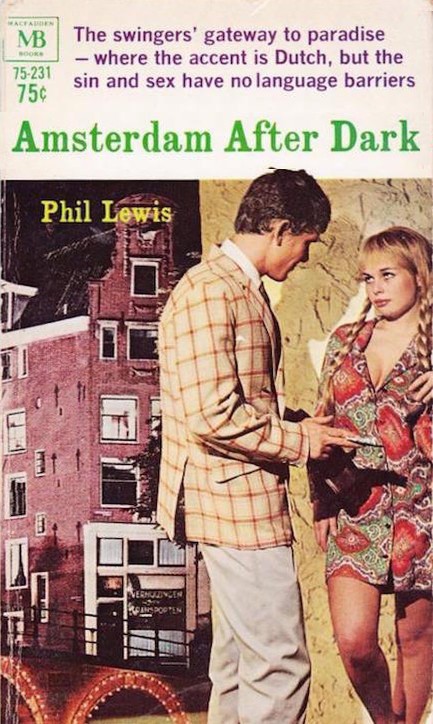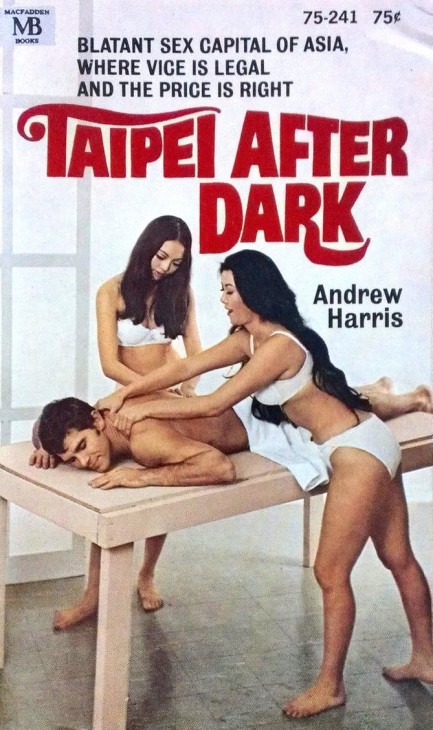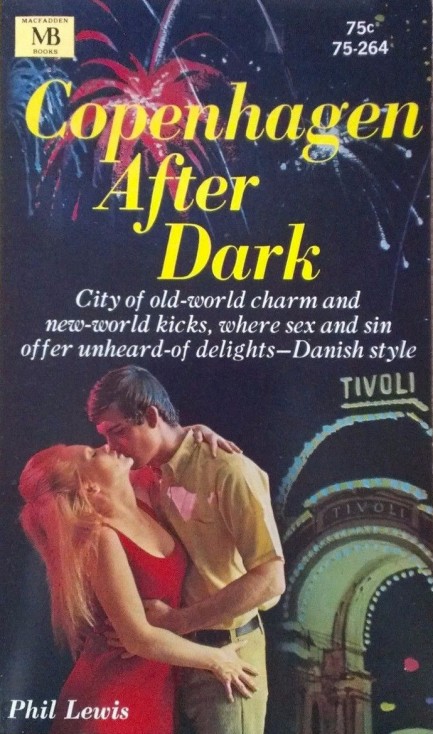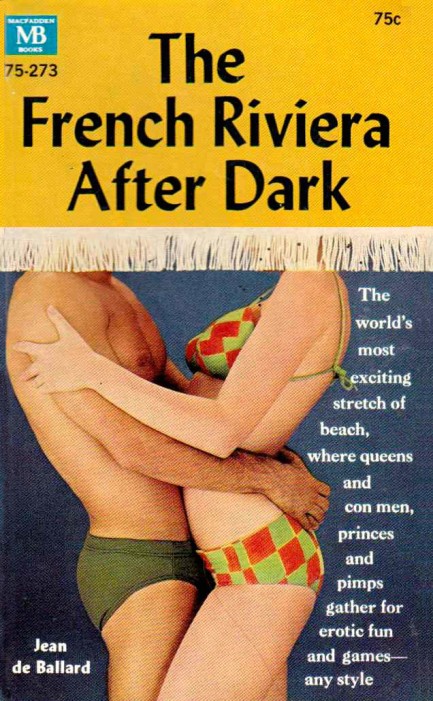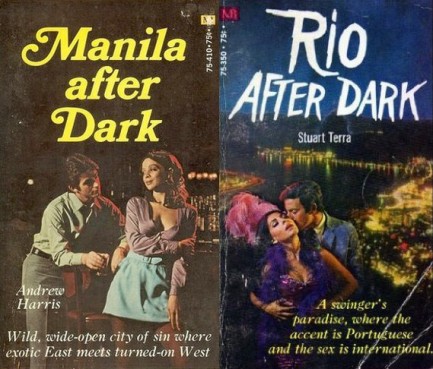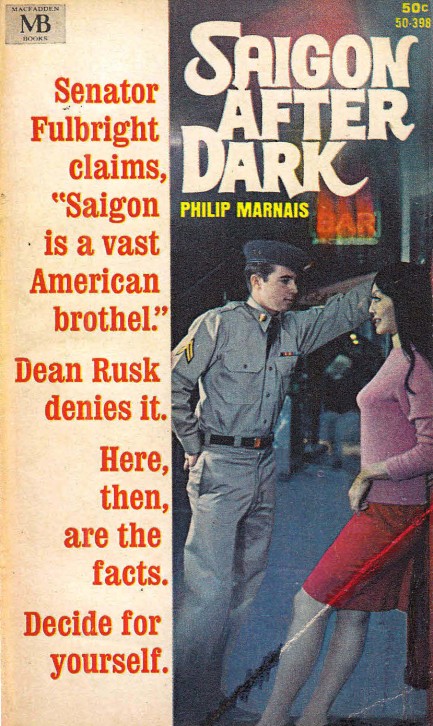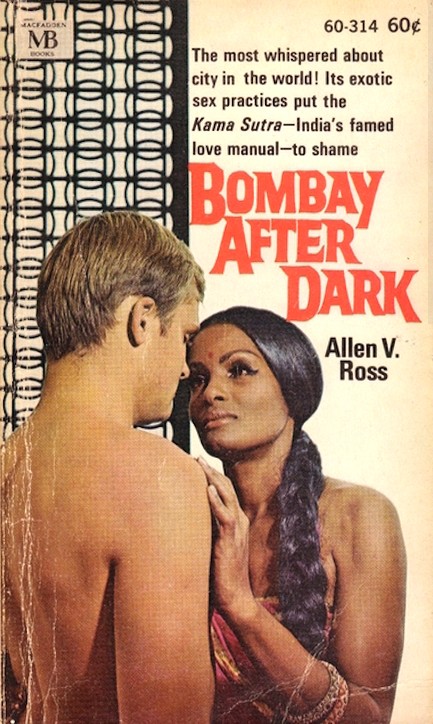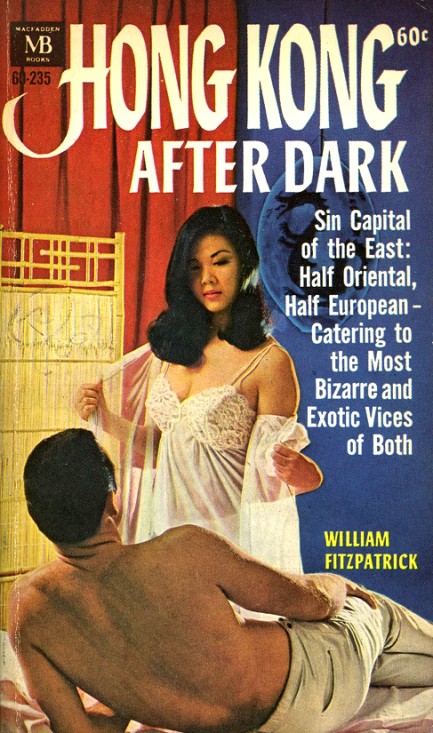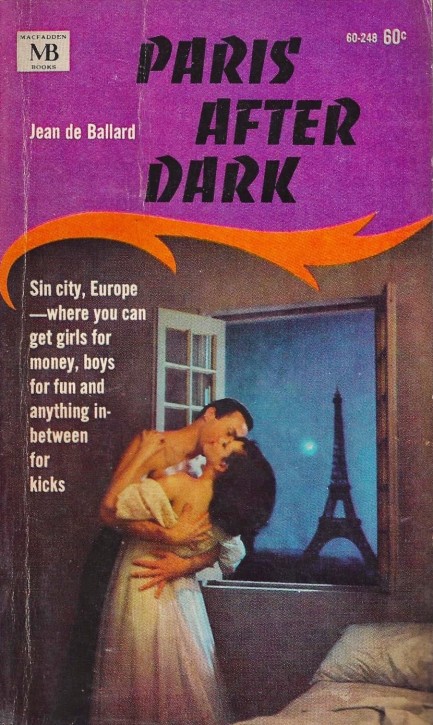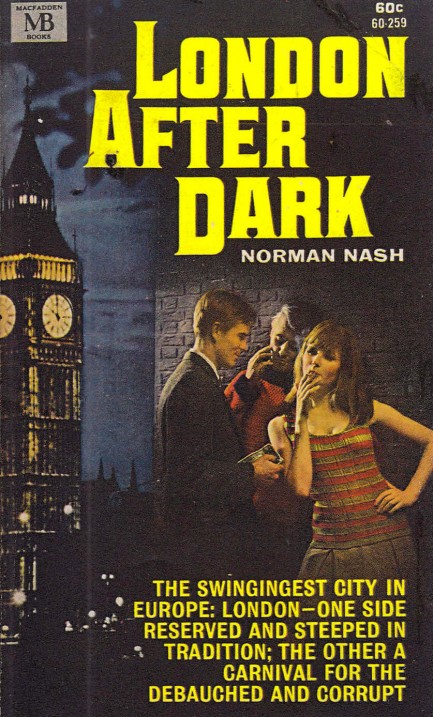 So when you sang “You're So Vain,” the song really was about me, wasn't it? 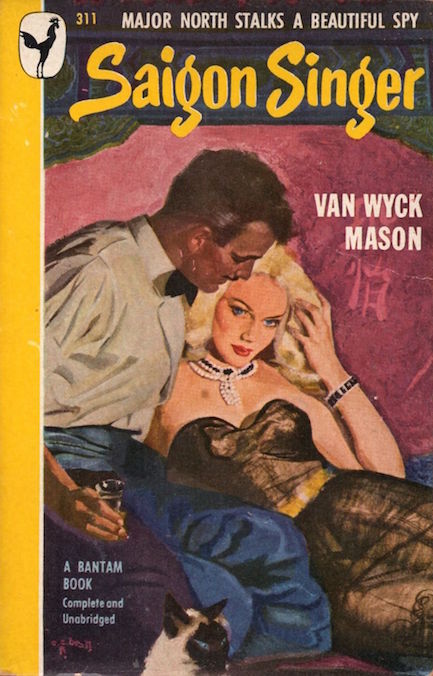
This is top work from artist C.C. Beale on this cover for Van Wyck Mason's Saigon Singer, especially the small elements of the background writing on the wall and the Siamese cat in the foreground. The singer of the title—who never performs “You're So Vain,” sadly—is Pamela Saunders, a former prisoner in a Japanese internment camp who survives filth and near starvation to resurrect herself as singer in Saigon. Along the way she becomes known as Black Chrysanthemum before adopting the stage name Xenia Morel. Her transformation is interesting, but the star of the story is Major Hugh North, who turns up in Saigon looking for a dossier containing the names of British and American traitors who during the war sold secrets to a Japanese general. Saunders-Chrysanthemum-Morel survived the prison camp by becoming the mistress of the general, and it's due to this close association that she possesses the dossier. She'll give it to North, but only if he pays her enough money to get to Paris, where she wants to continue her singing career.
Mason knew this part of the world and uses his knowledge well in writing of Saigon social life, oppressive heat, scented baths, tiger hunts, French legionnaires, and other you-had-to-be-there aspects of post-World War II Vietnam. As number thirteen in a series of exotic Hugh North mysteries (others were set in Singapore, Burma, Manila, Bangkok, et al) we sense a formula here, but in the end we liked it despite the usual flaws of colonialist fiction, and we were envious of Mason for having travelled in that part of the world during that time, and having been lucky enough to make a career of writing about it. Well, maybe we can't complain too much—we've hit some good spots too. And we write, though we get fuck-all for it. In any case, this particular discovery makes us curious about earlier Mason books, so maybe we'll check out some of his Hugh North adventures. Saigon Singer was originally published in 1946, and the above edition is from 1948.
 It's Ho Chi Minh City (not Saigon). Why they changed it we can't say. People just liked it better that way. 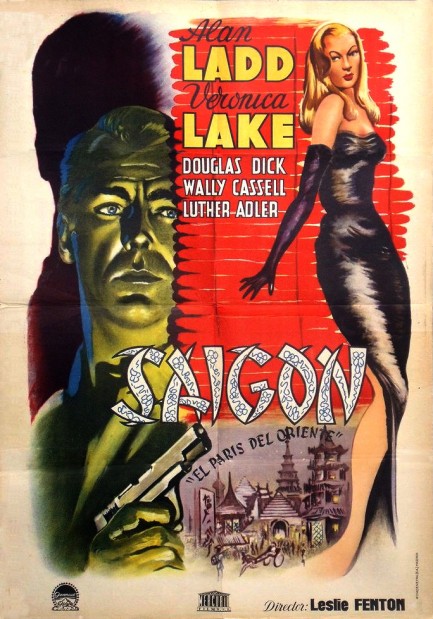
This is a beautiful Spanish poster for the 1947 adventure Saigon, which opened in Madrid today in 1948. The film is one of innumerable mid-century thrillers set in foreign cities. At a time when the rest of the world was so distant and hard to reach, Hollywood fetishized it, romanticized it, and set stories wholly or partly in Mexico, Argentina, Morocco, China, Hong Kong, Martinique, and an entire atlas of other places. But today, with the rest of the world so easy to reach, Hollywood mostly tells audiences they'll be kidnapped or dismembered if they leave home. Saigon is old school. It makes viewers wish they could fly to mystical East Asia. Of course, the film's Saigon doesn't exist anymore, but the fact that Hollywood set a movie there tells you it must have been quite a place. But they say that about all the former colonial cities, don't they? Rangoon, Bombay, and Constantinople, as brilliantly eulogized in the satirical song by The Four Lads, “Istanbul (Not Constantinople).”
Saigon deals with two recently discharged military buddies played by Alan Ladd and Wally Cassell who decide to stay in Asia to show their terminally ill third pal a good time before he dies in a few months. The third man doesn't know he's ticketed for oblivion, which leads to problems when Veronica Lake takes a liking to him. No matter how romantic old Saigon was, only so many tropical nights and platters of French-Vietnamese fusion cuisine can distract you from the fact that the love-hate relationship between Ladd and Lake is unpalatable. To us, slapping, insults, and over-the-top meanness feels like hate-hate. But put on your retro filter and you'll find a lot of comedy in this film, thanks to motormouth quipster Cassell. Some of his lines are truly clever. It wouldn't be exaggerating to say he makes the first sixty minutes of running time watchable.
When Lake inevitably falls for Ladd even though he's been treating her like a disease for hundreds of nautical miles, you'll accept it because it's a motif in old movies—though usually managed with a lot more charm and finesse. Overall we consider Saigon recommendable, but just barely. You know what we really took away from this movie, though? What you needed to do back then was open a shop and sell white suits. You'd have made a fortune. There are more white suits here than you can count. Far more than in Casablanca or Our Man in Havana. This film will make you wonder whether you can pull off the white suit. But even if you looked okay in it where would you wear it these days? Like old Saigon, that city is gone. 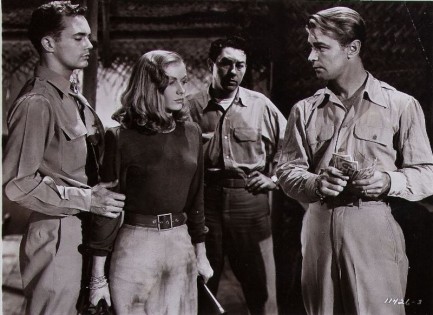 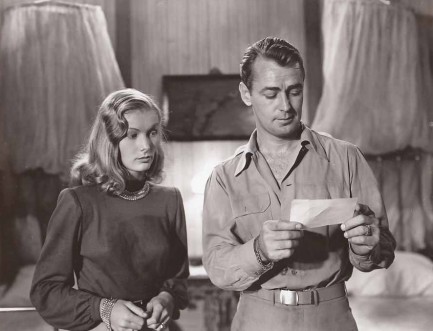 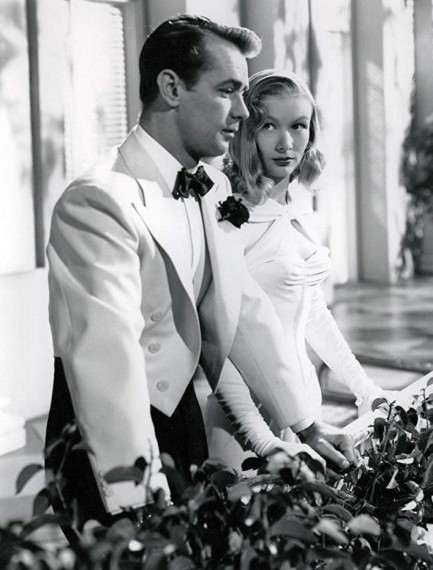 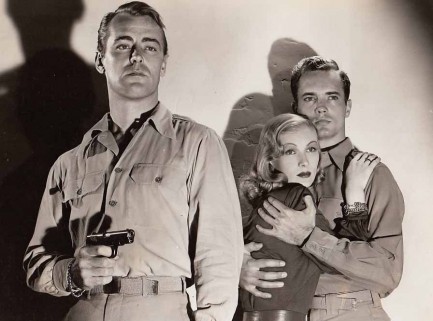 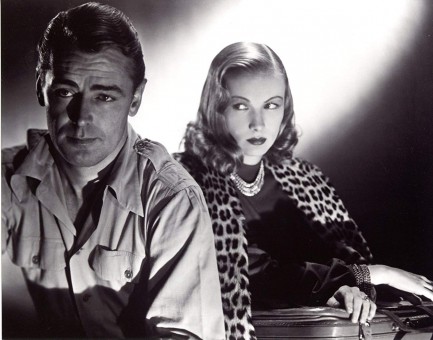 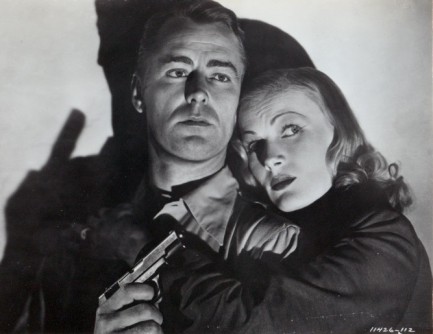 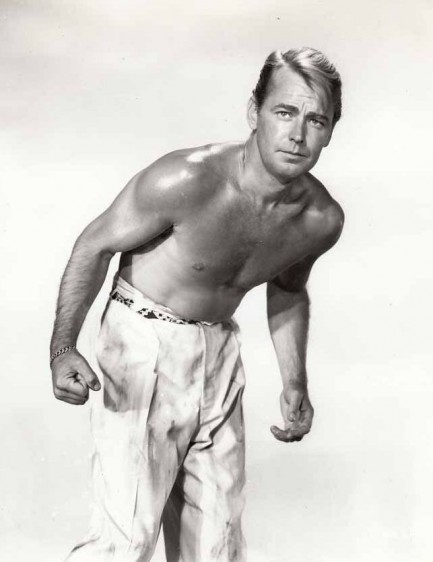 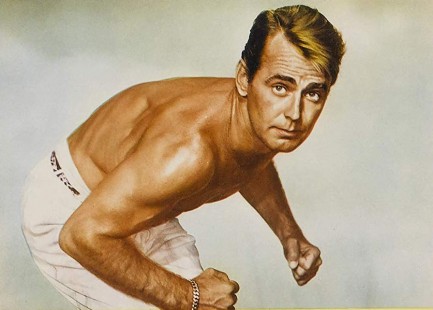
 Yes, I’d like to order a pair of curtains, immediately please. 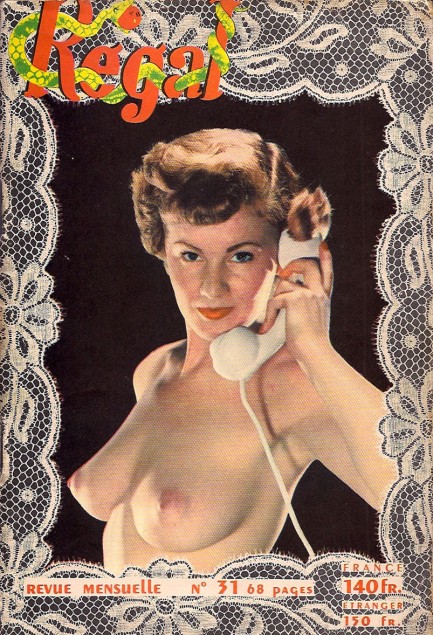
The French had a wide array of nudie—er, we mean, art—magazines during the mid-century period, including Paris-Hollywood and Folies de Paris et de Hollywood, which are the two we’ve focused on up to now. Regal was another popular publication—digest sized, light on text, and put together by Éditions Extentia, an outfit based out of 38 Rue du Monte-Thabor in Paris that also published Sensations, Chi-Chis, Paris-Broadway, and Paris-Tabou. It was a far-flung enterprise, even distributing issues in distant French Indochina via the loftily named Société Franco-Asiatique located in Saigon. Or if one preferred, issues could be obtained direct from France through the use of “envoi discret,” or discreet shipping, by which we expect they mean in a plain brown wrapper. This issue of Regal, with its voyeur themed cover photo suggesting a woman spied through an open window, was published in 1952. We have twenty-five scans below. 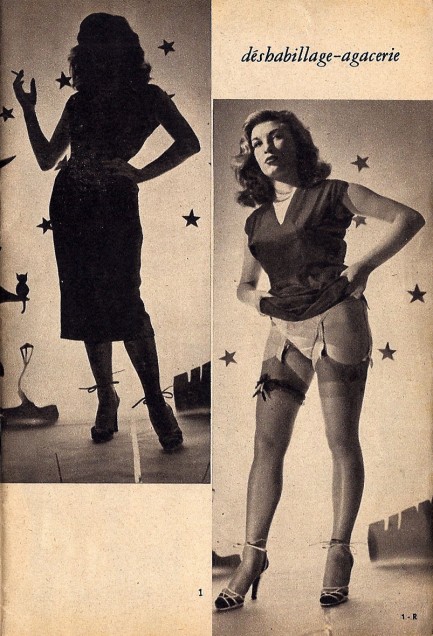 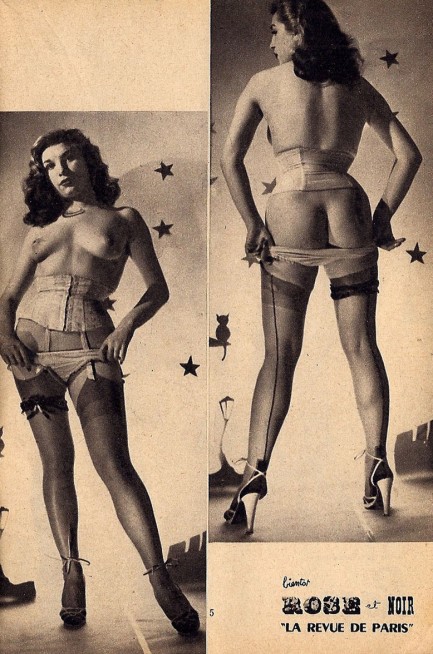 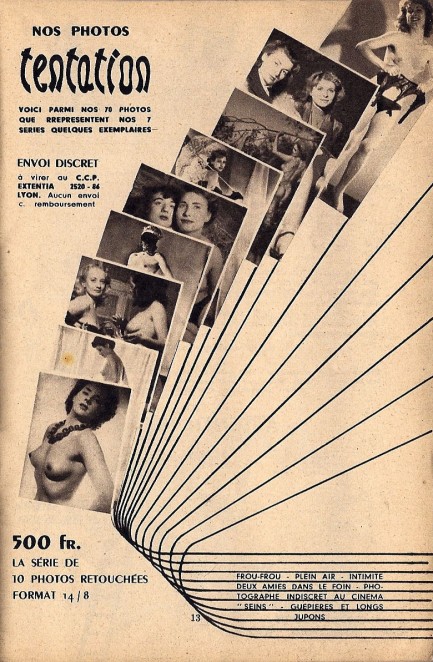 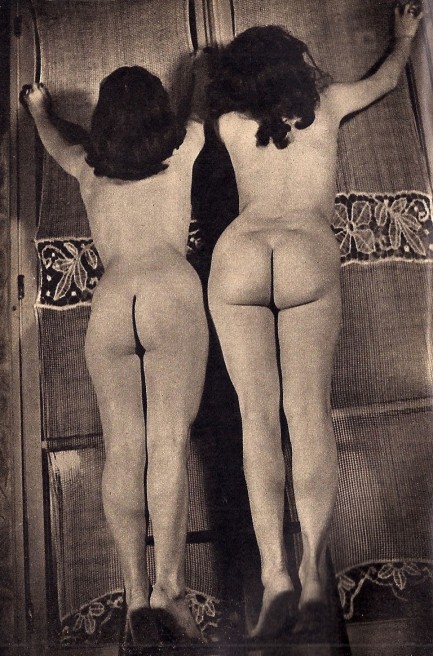 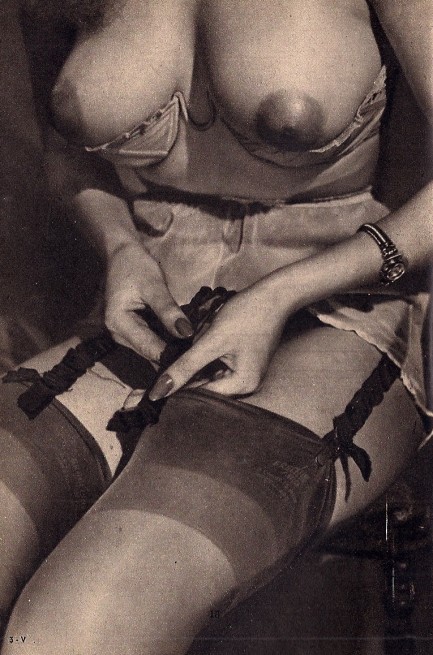 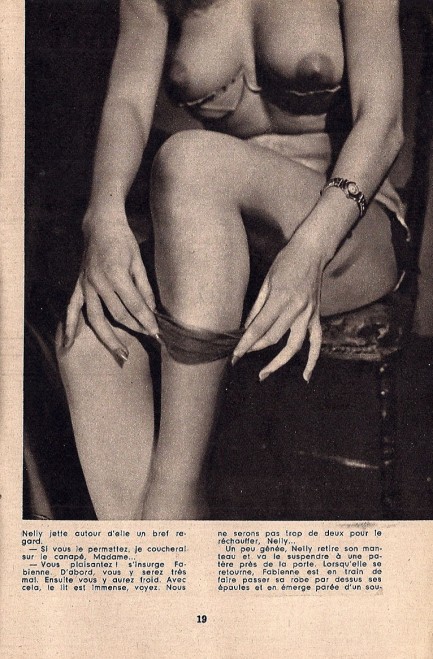 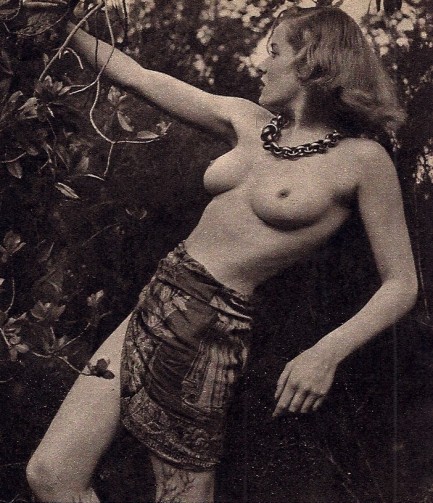 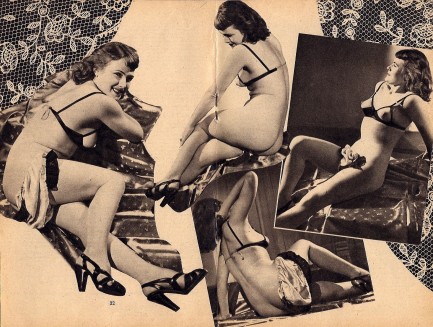 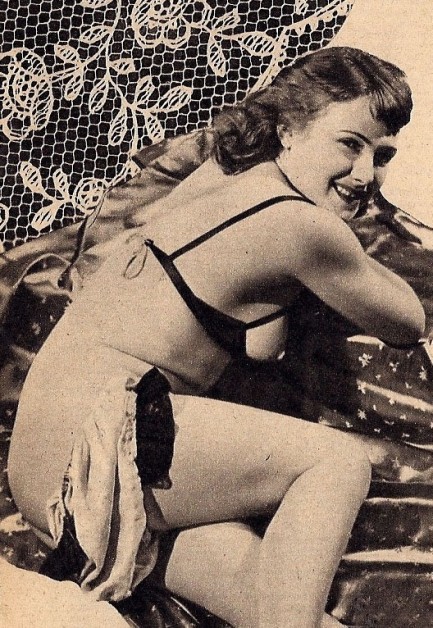 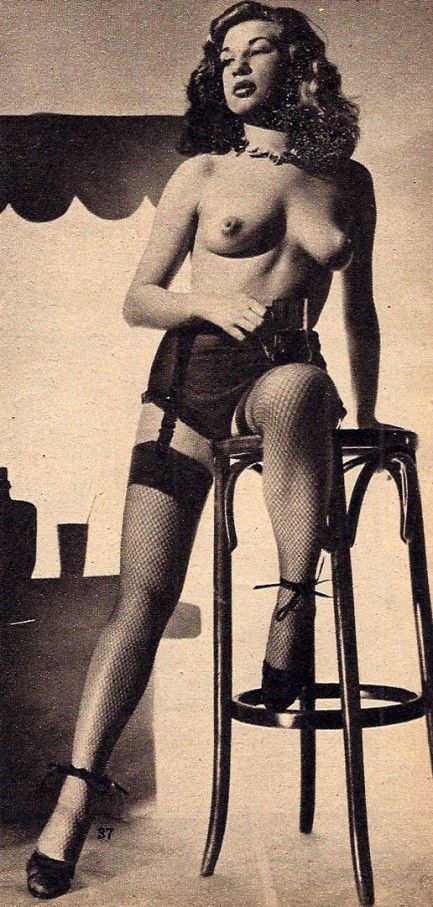 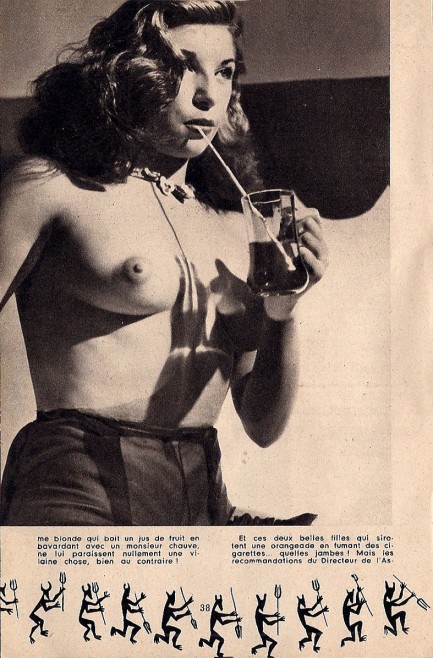 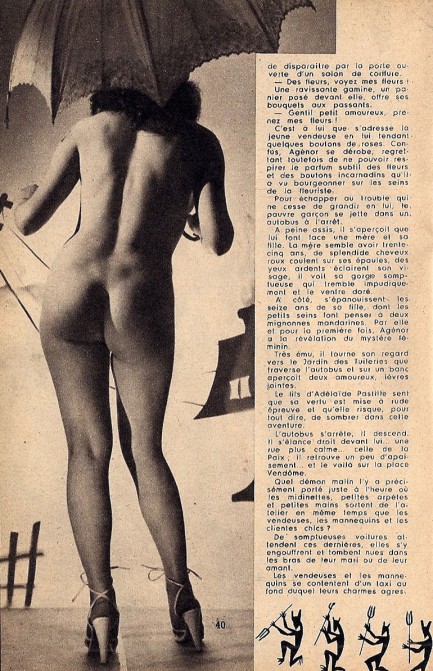  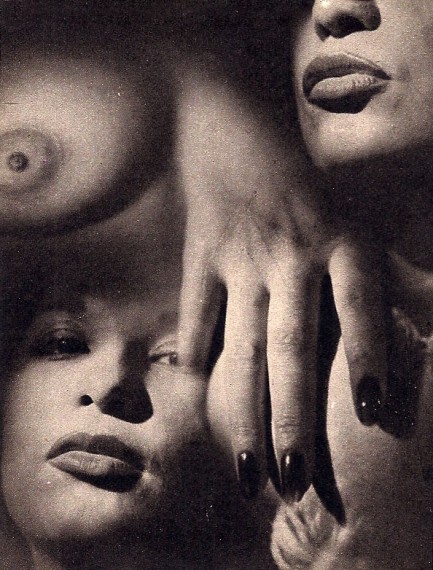 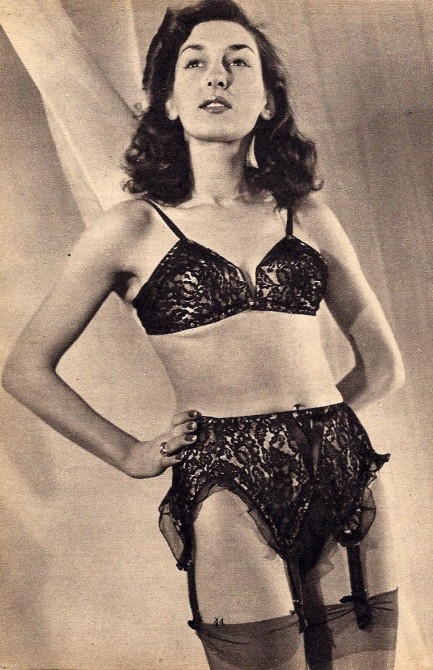 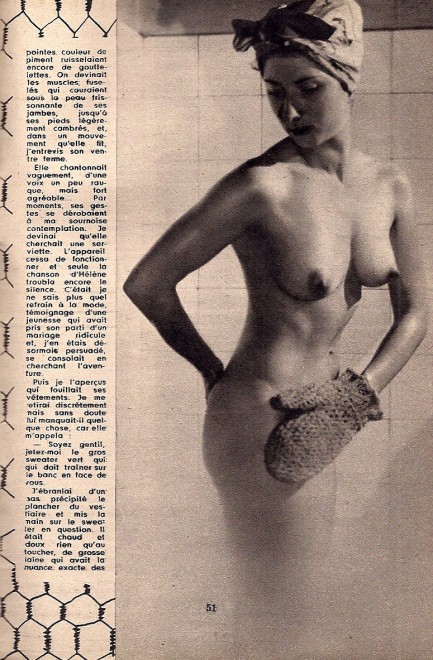 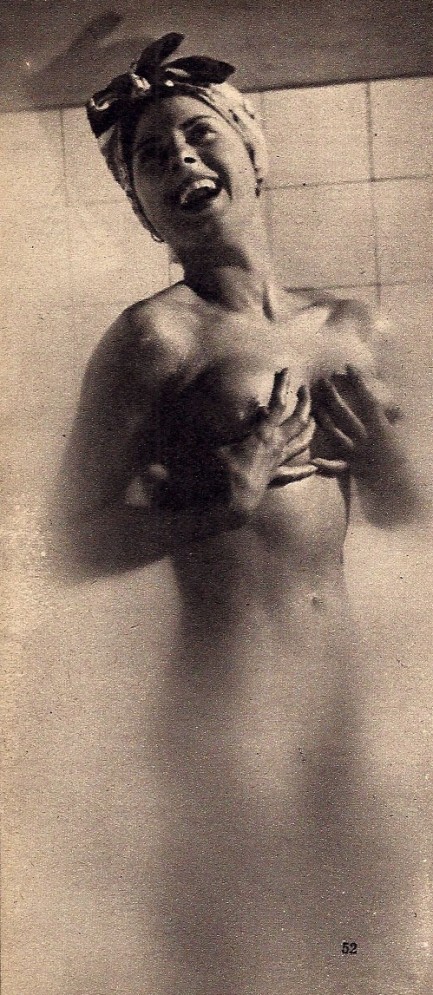 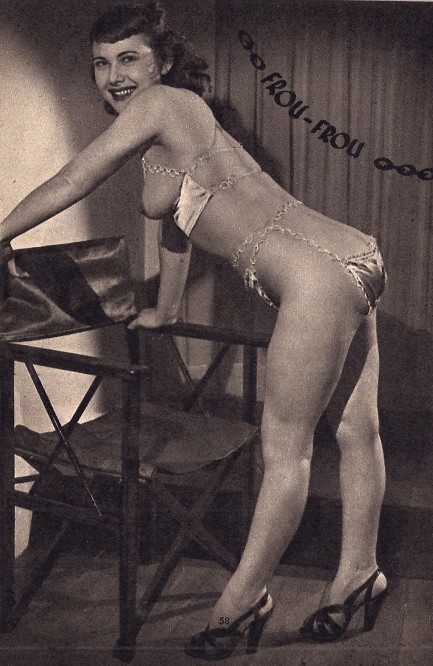 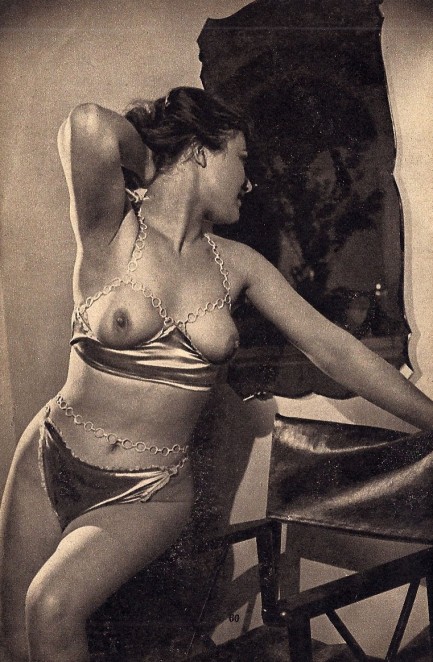 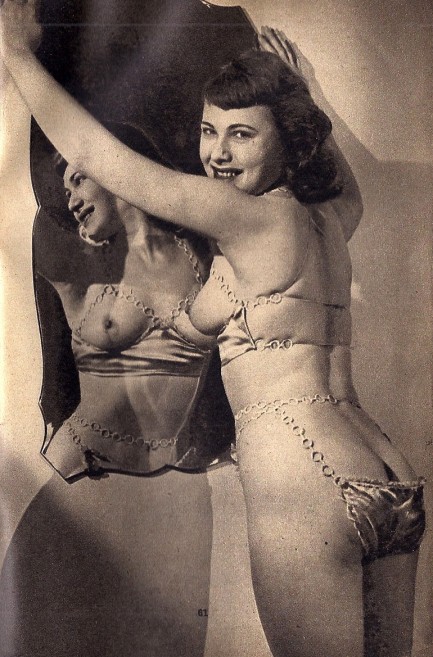 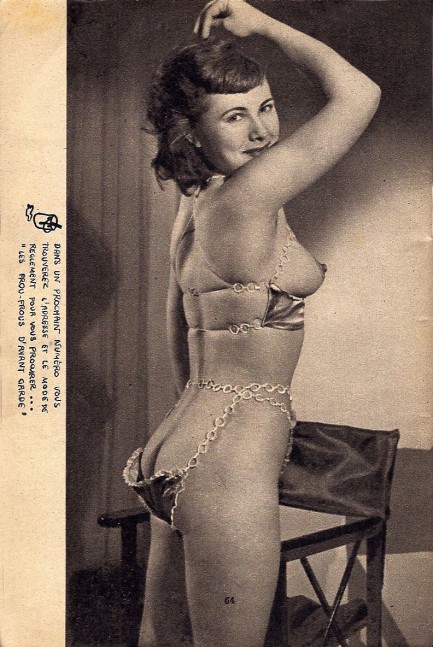 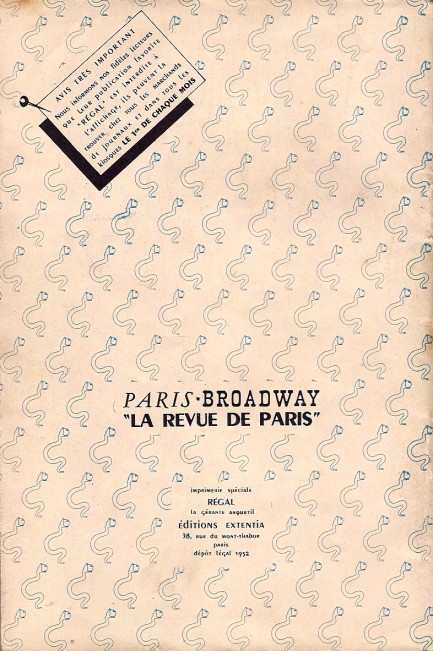
 Eddie Adams’ photograph inadvertently helped change public opinion about the Vietnam War. 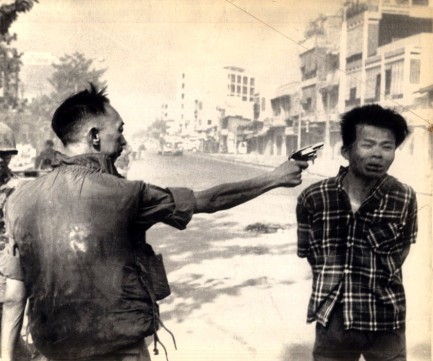
Above, one of the most important photographic images of the twentieth century, a Pulitzer Prize winner shot by photographer Eddie Adams. On a sweltering Saigon afternoon, a Viet Cong officer is summarily executed by South Vietnamese national police chief Brig. Gen Nguyen Ngoc Loan, forty-two years ago today. There’s also a widely seen film of the gruesome incident. The photo galvanized the U.S. anti-war effort, but interestingly, Adams regretted taking it, saying that the circumstances around such a photo could never be adequately explained and Nguyen Ngoc Loan appeared to be a villain when perhaps he wasn’t. Such complex considerations are no longer a serious worry for war photographers. Due to Pentagon restrictions, it’s highly unlikely an image like this could now be captured.
|
 |

The headlines that mattered yesteryear.
2003—Hope Dies
Film legend Bob Hope dies of pneumonia two months after celebrating his 100th birthday. 1945—Churchill Given the Sack
In spite of admiring Winston Churchill as a great wartime leader, Britons elect
Clement Attlee the nation's new prime minister in a sweeping victory for the Labour Party over the Conservatives. 1952—Evita Peron Dies
Eva Duarte de Peron, aka Evita, wife of the president of the Argentine Republic, dies from cancer at age 33. Evita had brought the working classes into a position of political power never witnessed before, but was hated by the nation's powerful military class. She is lain to rest in Milan, Italy in a secret grave under a nun's name, but is eventually returned to Argentina for reburial beside her husband in 1974. 1943—Mussolini Calls It Quits
Italian dictator Benito Mussolini steps down as head of the armed forces and the government. It soon becomes clear that Il Duce did not relinquish power voluntarily, but was forced to resign after former Fascist colleagues turned against him. He is later installed by Germany as leader of the Italian Social Republic in the north of the country, but is killed by partisans in 1945.
|

|
|

It's easy. We have an uploader that makes it a snap. Use it to submit your art, text, header, and subhead. Your post can be funny, serious, or anything in between, as long as it's vintage pulp. You'll get a byline and experience the fleeting pride of free authorship. We'll edit your post for typos, but the rest is up to you. Click here to give us your best shot.

|
|






































